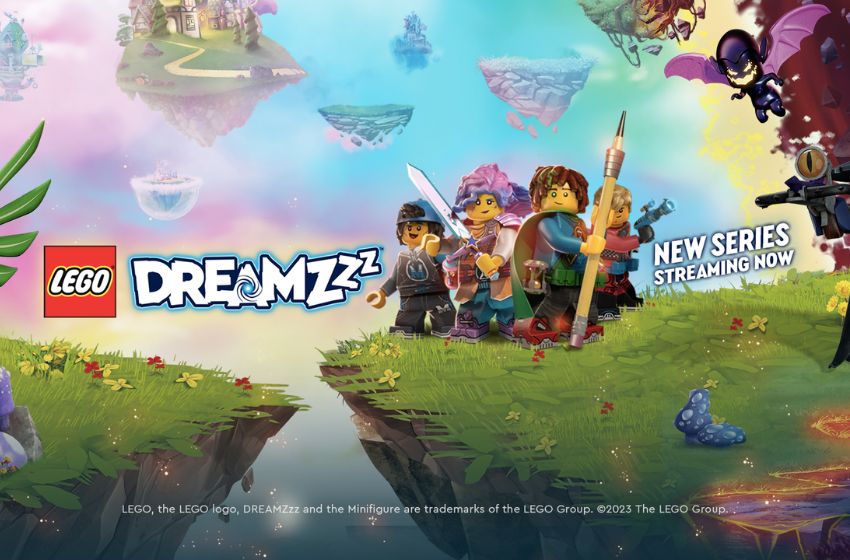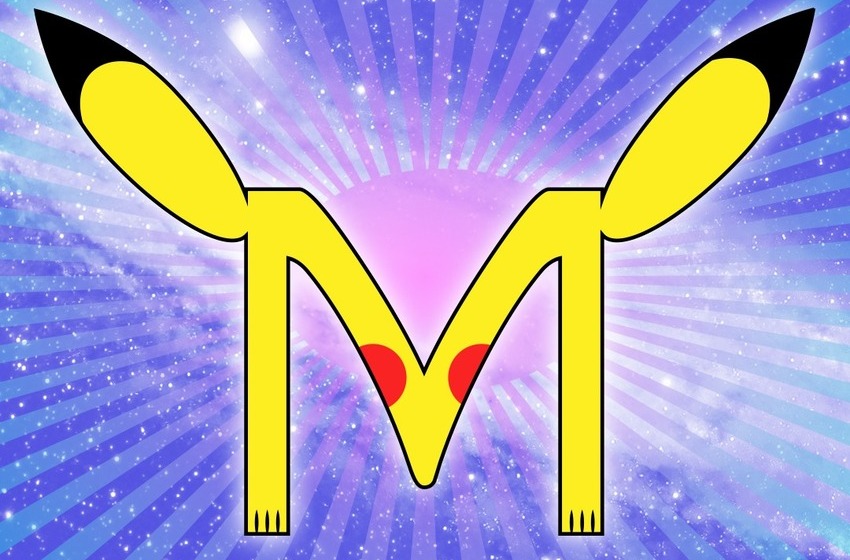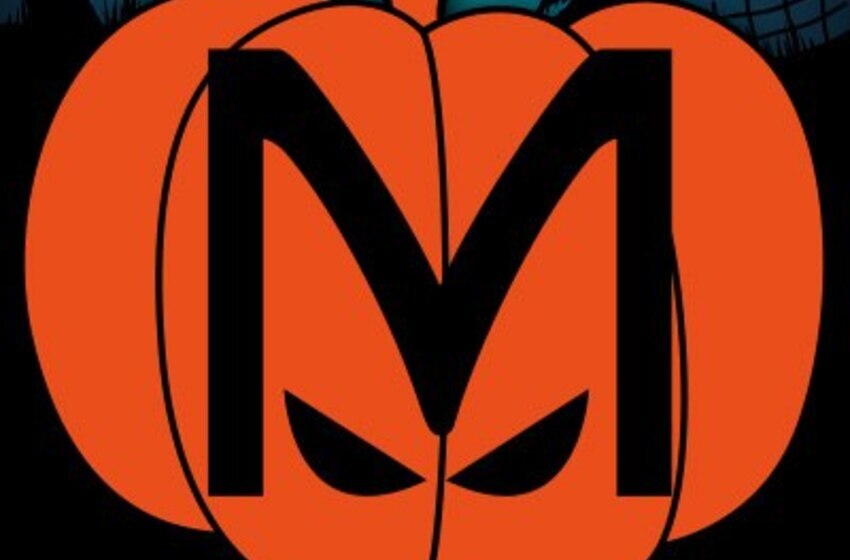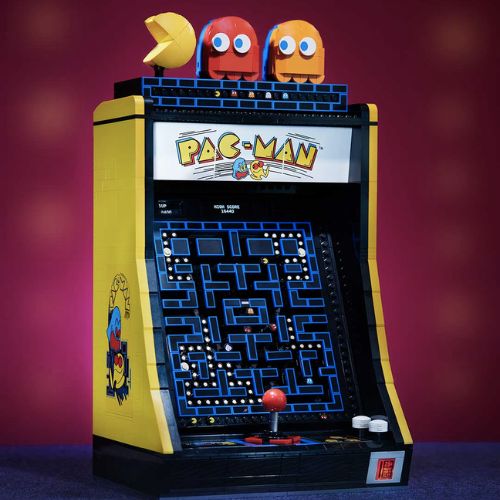
History of Lego
Lego has been around since 1932 and has become one of the world's leading toy brands. It is loved by children and adults for its creative play potential. Lego bricks are made of plastic and can be assembled into various objects. The bricks have been used to teach basic engineering concepts, as well as advanced mathematics and physics. Lego bricks have also been used to create artworks, including sculptures and paintings.
What are the different types of Lego?
Lego is more than just a toy. It has had a significant impact on education and creativity over the years. Here are four ways Lego has helped children learn:
1. Lego blocks are an excellent way to practice math skills. They can be combined in many different ways to create interesting structures.
2. LEGO blocks help children develop problem-solving skills. They can figure out how to build something from the pieces that are given to them, or they can create something new based on what they’ve learned about building things with bricks.
3. Lego blocks help children learn how to cooperate and work together as a team. They need to share the pieces so everyone can build something together, and they need to be able to communicate with one another so everyone knows what needs to be done next.
4. LEGO blocks provide an opportunity for children to have fun while they learn. By creating things with Lego blocks, they are learning in a way that is both mentally stimulating and physically enjoyable at the same time!
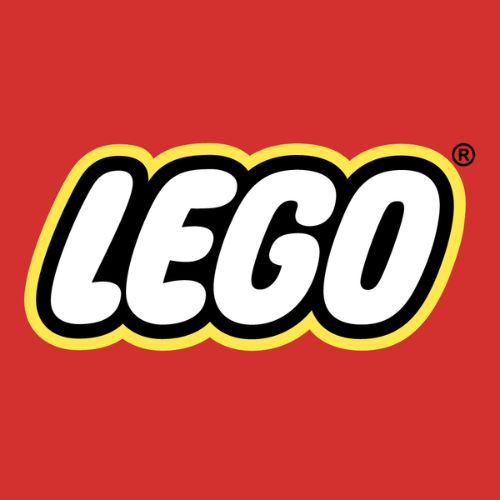
How do Lego bricks work?
Lego bricks are a type of plastic toy that consist of small, round pieces that can be connected together to create models. The toy was invented by Danish carpenter Ole Kirk Christiansen in 1932 and first sold in 1949. Lego bricks have become widely popular due to their durability, versatility, and ability to inspire creativity.
Lego bricks are made from a type of plastic called acrylonitrile butadiene styrene (ABS). ABS is a tough and durable material that is resistant to most chemicals and heat. This makes Lego bricks perfect for use in construction sets and other toys.
Despite their popularity, many people are unaware of how Lego bricks work. When you see a model built from Lego bricks, it is actually made up of thousands of small pieces that are assembled one by one. Each piece is held together by small magnets that allow it to move freely within the brick structure.
The magnets also help hold the pieces in place while they are being glued or snapped together. The process of building a model from Lego bricks is similar to the way you would assemble a piece of furniture using screws or nails.
How can LEGO be used in education and creativity?
Lego has been used in education and creativity for many years. It is a toy that can be used to teach children about science, engineering, and math. Lego also helps children learn how to think creatively. Here are some ways that Lego can be used in education:
- LEGO can be used as a tool for teaching basic sciences. For example, LEGO bricks can be used to model the structure of DNA or the cells in the body.
- LEGO can also help teach engineering principles. For example, Lego bricks can be used to model how bridges or cars are built.
- LEGO can help students learn math concepts. For example, Lego pieces can be used to model fractions or decimals.
